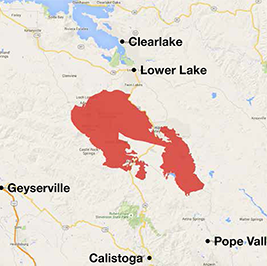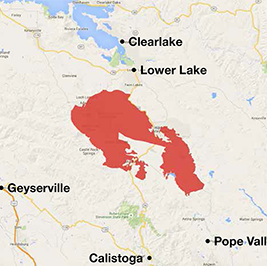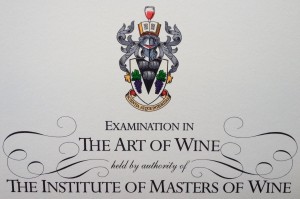 There’s no shortage of wine clubs – if you love wines, you’re bound to be on several lists. When I received another ‘wine club’ offer recently, it was so tempting to pass it by, but as a wine lover (and all wine lovers know how tempting new offers sound), you’re keen to at least read the intro.
There’s no shortage of wine clubs – if you love wines, you’re bound to be on several lists. When I received another ‘wine club’ offer recently, it was so tempting to pass it by, but as a wine lover (and all wine lovers know how tempting new offers sound), you’re keen to at least read the intro.
The offer sounded great: 15 bottles of wine for $69.99. If you’ve been sipping for awhile, you know that the quality of these wine clubs ranges from outstanding to awful. When signing up for a wine club, it’s important to know which category you’re in and how far from awful you are, especially if you’re in it for the long haul.
Wineries, especially smaller ones, depend on wine clubs because they are a great way to create customer loyalty and repeat business. And, you’ve almost certainly received ads for wine clubs based on an affinity group or a publication, not affiliated with just one winery. This helps explain why wine club shipments have been growing at more than 10% a year for the past several years, according to multiple surveys of the U.S. wine industry.
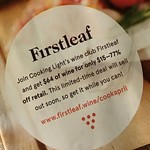
At a minimum, getting people to sign up for a club is a highly effective way for a winery to get contact information so that they can try to sell wine to you after visitors go home. Some clubs have minimum purchase requirements, others do not. Most include benefits such as waived tasting fees and discounts off of the full retail price of wines purchased directly.
Fewer than 5% of winery visitors join wine clubs, and most of them stay in the club less than two years, but sales to wine club members can represent half of a winery’s overall direct-to-consumer sales revenue. Those sales are especially valuable because no distributor gets a cut. If a winery is able to retain members over time, the value grows even more.
For Paradise Ridge winery, which lost its winery building and main tasting room in the recent Sonoma firestorm, loyalty from club members is one reason why Rene Byck and other members of his family that own Paradise Ridge remain optimistic about their future. Similarly, Jonathan Lachs of Cedarville Vineyard in El Dorado County, California, credits his winery’s loyal club members for his long-term success.
When choosing a non-winery club, you have to trust that the wines automatically shipped to you are going to be good – and a good value. Even if the ads are accurate, remember that widely distributed wines are discounted by most retailers. That means that the $170 savings promised by the wine club that offers 15 bottles for an introductory price of $69.95 might really only be saving you about $100 on that first delivery. (That is still substantial savings, especially if you like the wines.)
Recently I was given a sample shipment from newly launched Sommailier, a club that aims to deliver smaller production French wines to American consumers. The box included a bottle of 2015 Denis Lurton Margaux (a Bordeaux blend,) a 2014 Côte Chalonnaise Burgundy from Domaine Anny Derain, and a 2016 Chateau La Fleur des Pins Blanc, which is a Semillion/Sauvignon Blanc blend.
Each shipment costs about $90 plus shipping and will include three bottles. (See below for a discount offer to our readers.) This is within the ballpark of what the wines might cost at U.S. retailers if they were available here.
“There are so many wine clubs that pretend to know all the wines from around the world. I didn’t see any that had an authentic story,” says Laurent Yung, founder of Sommailer. Yung grew up in France but now calls San Diego his home.
His plan is to help small wineries in France sell their wines to people that it cannot otherwise reach.
“These are boutique wines made by people who only know how to make wine. They don’t do marketing,” he says.
It’s a similar model as the California Wine Club, which started in 1990 and distributes California, Oregon and Washington state wines from wineries that otherwise have limited distribution. Two bottles every month are about $40 plus shipping.
To find out more about Sommailier, visit Sommailier.com and use discount code WELCOME20 to save $20 off the first club shipment although remember that the offer may change depending on when you visit the site and use the discount code.
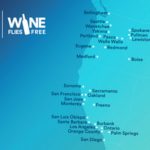



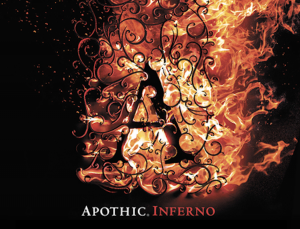
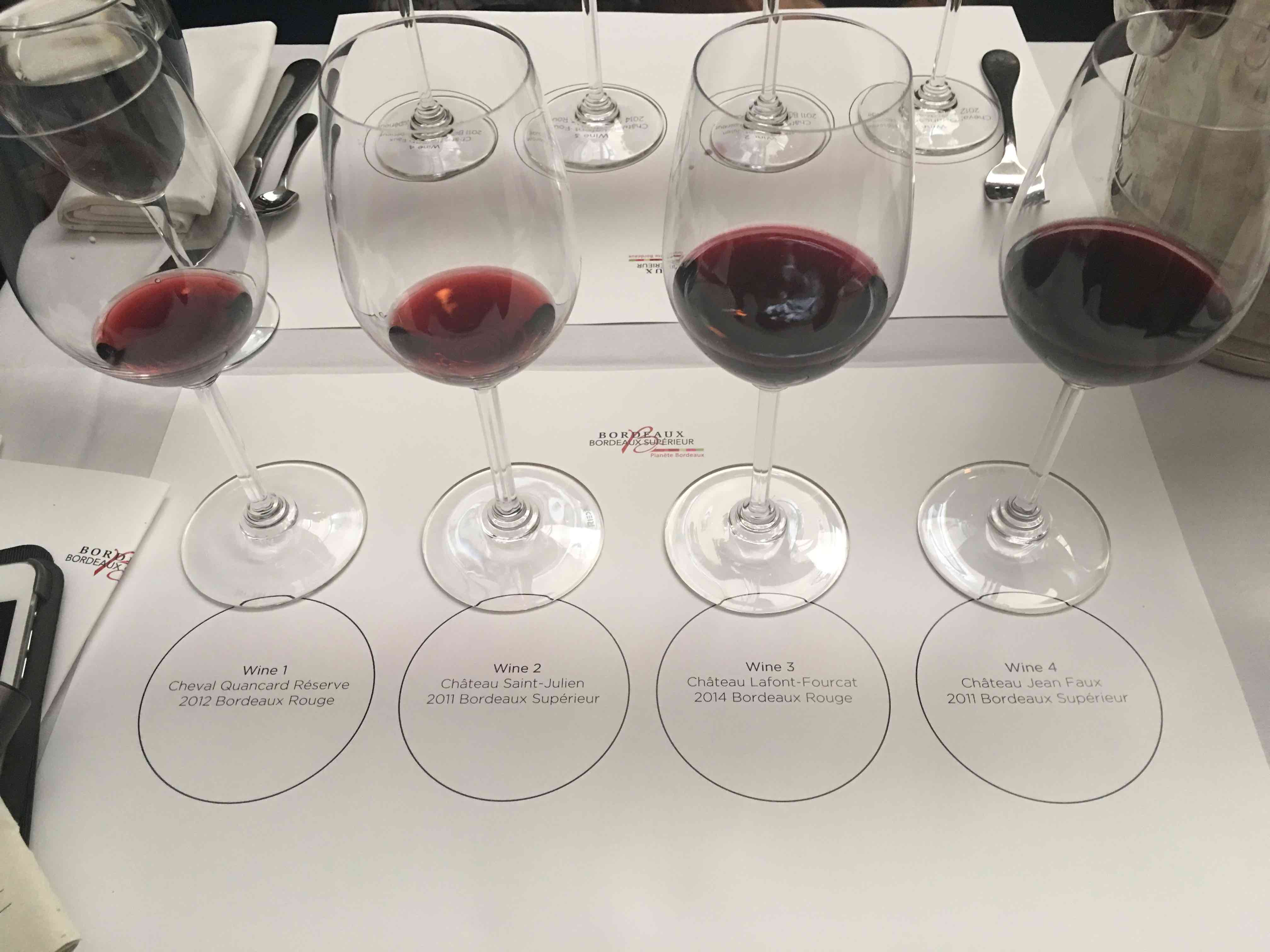 The
The 
